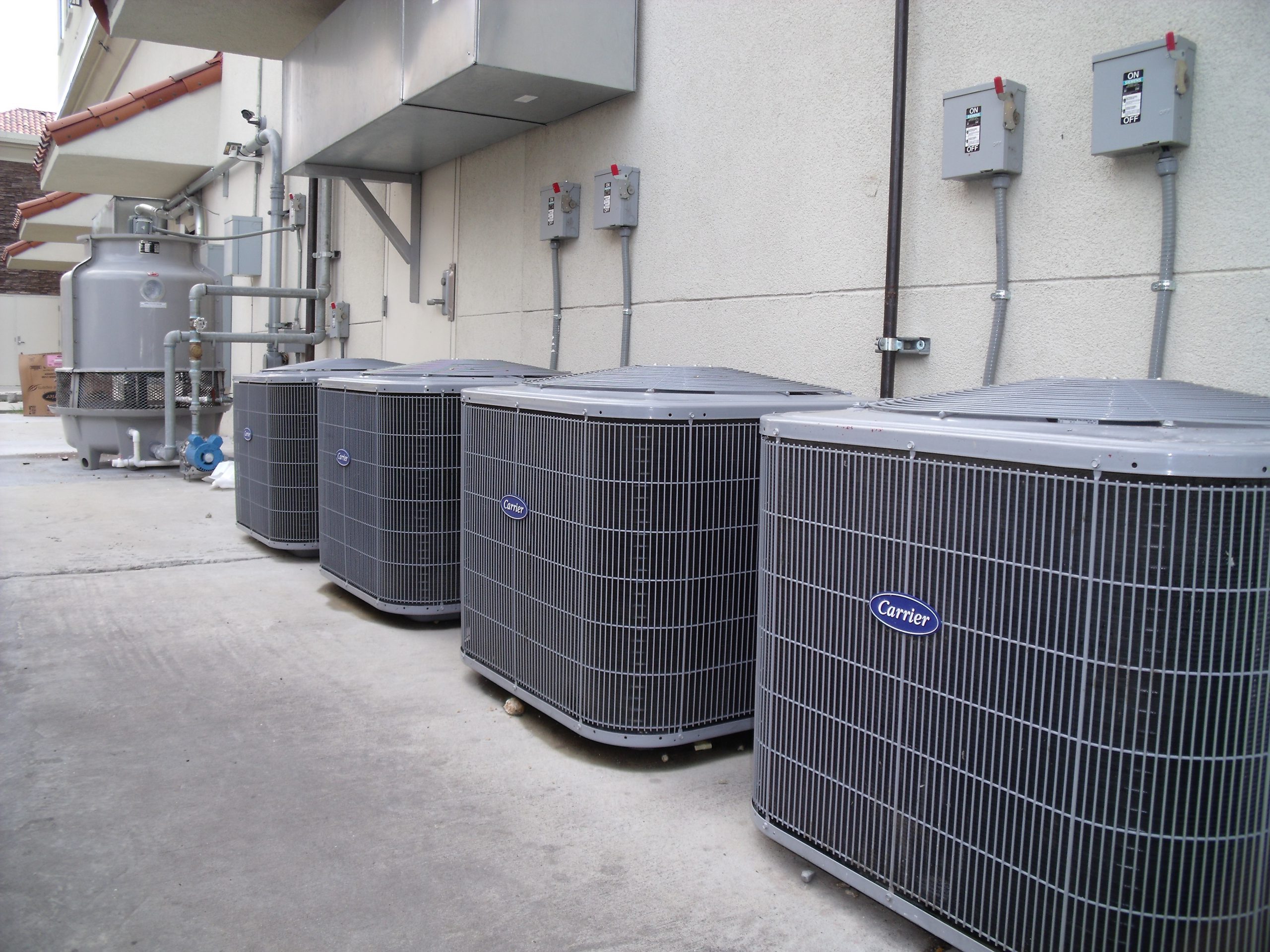
HOW TO COOL A ROOM
Stay Cool When it Heats Up
Summers in the US vary greatly in temperature and humidity depending on where you live. What we all have in common is that the weather seems to be getting more extreme. Summers are hotter than ever. Creative solutions for cooling can help ease the stress of summertime heat.
One of the most obvious solutions is to install a high efficiency cooling unit as part of a household HVAC system. However, not every home budget allows this. Other, less expensive options are installing air conditioning units, either permanently in-wall or in windows. These still involve a sizable outlay of initial expense, as well as ongoing energy costs of operating air conditioning units.
A traditional fan works by moving the air around, and can have a dramatic cooling impact. Ceiling fans are great in living spaces and bedrooms, and allow air conditioning systems to be used less frequently. Oscillating fans are also effective, but the noise and the space they take up can be problematic. Box fans placed in windows can help by bringing in cooler outside air; cross currents can be created by two fans in two windows; one pulling air in, the other pushing air out.
A “swamp cooler” can be created by putting a container of ice in front of a fan, which then blows cooled air throughout the room. This works great in dry heat. In more humid environments, dehumidifiers can help pull excess moisture out of the air, which makes warm air more comfortable.
Zero Cost Solution
A solution that involves zero electricity was standard practice before electricity was common. At night, when the air is cool, windows are opened and drapes pulled back, to allow as much air into the room as possible. Early in the morning, just as the sun comes up, the windows are closed and heavy insulated drapes pulled tight to keep out all hot sunlight. This old fashioned technique is effective, but its efficiency depends on how many and what type of windows you have, as well as how well insulated your home is.


